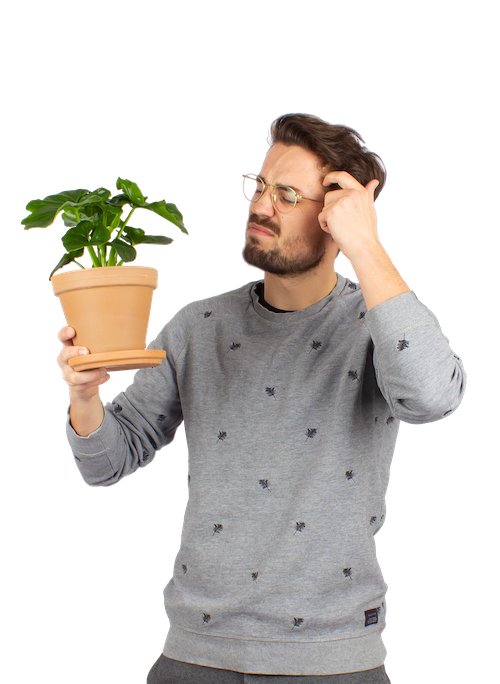It’s not just the trees outside that are changing! As the days get shorter and temperatures drop, your houseplants may begin to show signs of adjusting to the seasonal shift. Fall brings about several changes for indoor plants, and it's important to recognize these to help your greenery thrive through the cooler months. Let’s talk through some common changes you might notice!

1. Slower Growth
With reduced sunlight and cooler temperatures, most houseplants enter a period of dormancy in fall. You'll notice their growth slows down, and they may not need as much water as they did in summer. This is completely normal, so adjust your watering schedule accordingly to prevent root rot.
2. Leaf Yellowing or Shedding
It’s not unusual to see some leaves turning yellow or even dropping. Plants are conserving energy and getting rid of older leaves to focus on surviving the winter. Don’t panic if you notice a few leaves falling off—just ensure it’s not widespread, which could signal other issues.

3. Increased Risk of Pests
Pests like spider mites, aphids, and fungus gnats tend to show up more during fall, especially when plants are stressed from changes in temperature or humidity. Be on the lookout for tiny webs, holes in leaves, or sticky residue, and treat infestations early (and repeatedly—AKA, every few days until the infestation is completely gone) with insecticidal soap or neem oil.
4. Humidity Drops
Indoor humidity levels tend to decrease with cooler weather and heating systems kicking on. Low humidity can cause browning leaf edges and crispy tips on plants that prefer tropical conditions. Using a humidifier or grouping plants together can help raise humidity levels.

5. Changes in Light Conditions
As sunlight becomes less intense, plants may not get the bright light they need, leading to stretched or leggy growth. Consider moving plants closer to windows and rotate them often, but avoid placing them near drafty areas or cold window sills.
6. Root Bound Plants Becoming More Stressed
If your plant is root-bound or in need of repotting, it may show more signs of stress in the fall, like wilting or slowed growth. However, since plants are entering dormancy, it's best to wait until spring for repotting to avoid disturbing their natural cycle.
How to Help Your Houseplants Thrive
- Water less frequently to prevent overwatering.
- Inspect for pests regularly and treat infestations quickly.
- Maintain humidity by misting, using pebble trays, or a humidifier.
- Move plants to brighter locations if possible, but keep them away from cold drafts.
With a bit of extra attention, your houseplants can stay healthy and ready to thrive again in the spring!












